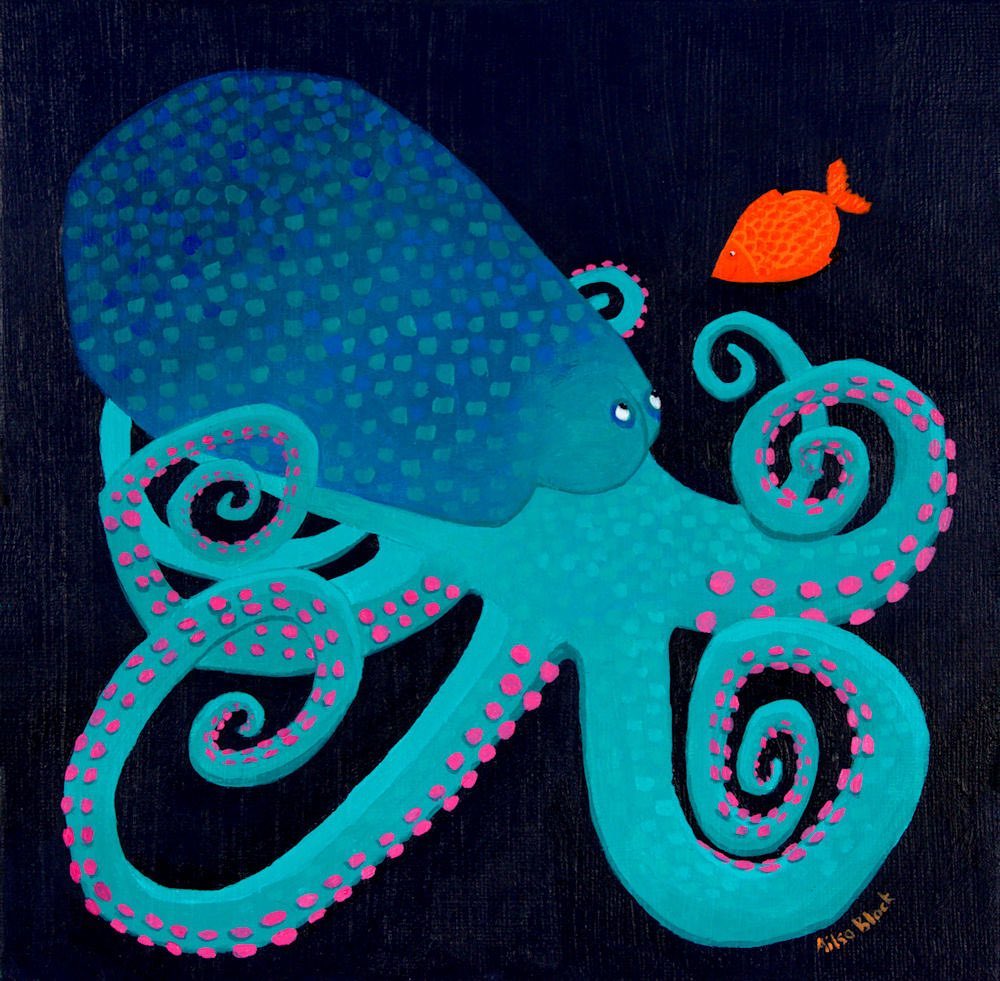Tips for Happy and Healthy Guinea Pigs

Keeping guinea pigs happy and healthy is one of the most rewarding parts of caring for these gentle animals. Guinea pigs, or cavies, thrive with the right mix of food, shelter, social time and gentle handling.
Meeting their needs brings out their cheerful personalities and brightens up any home. Their care is very different to looking after rabbits.
Blue Cross has good advice on guinea pig welfare, plus places to find rescues (to avoid supporting the pet shop industry). Ensure guinea pigs have companions (females live well with a male, as long as he is neutered – or go for a male and female together).
Give Plenty of Space
Guinea pigs need space to move, explore and play. A large cage or playpen keeps them active and stops boredom setting in. Aim for at least 120cm by 60cm for two guinea pigs, though bigger is always better.
Avoid multi-level cages, as guinea pigs struggle with ramps and drops. Open floor space lets them run, stretch and even do their charming little “popcorn” jumps.
Guinea pigs need spacious cages to groom, play and explore. Hutches should be big enough for roaming each day for at least a couple of hours to stretch their legs and safely explore.
Ensure hutches are weatherproof and raised off the ground, with clean bedding and access to a large secure exercise area. Use a quality wooden hutch (plastic could overheat).
Guinea pigs can’t sweat, so site the hutch away from damp and strong sun, and avoid them running on wet grass. In summer, ensure cooling hutch covers do not prevent air flow. Don’t house guinea pigs in conservatories.
In severe heat or cold, you may have to bring them indoors for a while. Wood Green has info on safely bringing guinea pigs indoors.
Offer Quality Hay All Day
Hay is the main part of a guinea pig’s diet. Fresh, dust-free grass hay (such as Timothy or meadow hay) supports healthy digestion and wears down their teeth, which grow throughout life.
Fill their hay rack each morning and top it up as needed. Check there’s always enough, as guinea pigs love to graze and hate running out.
Add Fresh Vegetables Every Day
Fresh veggies give guinea pigs vital nutrients and keep meals interesting. Leafy greens like romaine lettuce, coriander and spinach are safe options (limit spinach as it is high in oxolates). Include colourful treats such as bell pepper or carrot in small portions.
Always wash vegetables before feeding, and swap the selection daily. Avoid iceberg lettuce, onions, and potato, which can be harmful.
Guinea pigs have a different diet to other small furries. Around 10% of food (after quality hay and pellets) needs to be fresh produce, to give vitamin C. Wood Green has a good info on sheet of toxic foods and plants to avoid. And a page on what to feed guinea pigs.
Keep Their Water Clean
Clean water is just as important as good food. Use a drinking bottle with a metal spout or a heavy bowl that can’t be tipped over. Change the water every day and scrub the container every few days to stop bacteria and algae from building up.
On hot days especially, check bottles haven’t clogged and refill often.
Groom Your Guinea Pigs
Long-haired guinea pigs need regular grooming (use a water mister to gently dampen fur in heat). Also keep an eye out for fly strike (keep hutches clean, and regularly check bottoms and call vet if you see maggots).
Older guinea pigs are more at risk, as they are less able to groom themselves.
Provide Safe Hiding Places
Guinea pigs are prey animals, so they feel safer with a spot to hide. Put in wooden houses, tunnels or cardboard boxes.
A hideout in each section of the cage cuts down squabbles, especially if you keep more than one guinea pig (which is always best). Rotate or add new hideouts sometimes to keep their home fresh.
Keep Companions Together
Guinea pigs are sociable by nature and get lonely if kept alone. Housing them in bonded pairs or small groups is far kinder. Same-sex pairs or neutered groups work best.
They chat, groom, and play with each other, which boosts their mood and confidence. Single guinea pigs can become withdrawn or stressed, so give them a friend unless your vet advises otherwise.
Guinea pigs are often sold (alone) in pet shops, showing stores have no idea on welfare. Social guinea pigs need to live with their own kind (neuter males to avoid fighting).
Unless already happily living together (in which case offer private hiding places and neuter males), guinea pigs should not be housed with rabbits.
Rabbits and guinea pigs communicate differently and startled rabbits may kick smaller guinea pigs. Rabbits can also pass on a bacteria, that gives guinea pigs respiratory disease.
Clean the Cage Regularly
A tidy cage is key to a healthy home. Spot-clean wet areas every day and do a full clean once a week. Replace bedding and wipe down surfaces with warm, unscented soapy water.
Steer clear of strong cleaners, as guinea pigs are sensitive to fumes. Fresh bedding and a dry floor help prevent skin problems, smells and illness.
Pick the Right Bedding
Choose bedding that’s soft, absorbent and dust-free. Paper-based products work well and don’t harm sensitive feet. Avoid sawdust, cedar or pine shavings, since these can cause breathing troubles and skin irritation. Deep bedding lets guinea pigs burrow and keeps them warm.
Give Daily Attention and Gentle Handling
Guinea pigs grow to trust people who treat them kindly. Spend time with them daily, speaking softly and stroking their fur.
Use two hands to pick them up, always supporting their body. Never grab or squeeze. Regular, gentle contact keeps them happy and helps you spot any health problems early.
Watch for Signs of Illness
Guinea pigs can’t tell you when they’re ill, so close observation is important. Check for changes in eating, droppings, breathing or energy.
Dull fur, weight loss or odd sounds can also signal trouble. If anything feels wrong, see an exotic vet straight away. Early care saves lives and keeps your pets safe.
Related to the World’s Largest Rodents!

Guinea pigs are not pigs, they are actually rodents, and their official name is ‘cavia porcellus’, as they belong to the family of South American rodents, headed up by capybaras, the world’s largest rodent (incidentally, the world’s second largest rodents are native beavers, which are helping to prevent floods nationwide in rewilding projects).
These highly social herbivores are known as ‘nature’s ottamons’, as they let other creatures (from birds to monkeys to rabbits) hitch rides on their heads and backs! In fact, they are so friendly to other beings that their only known predator is man.






